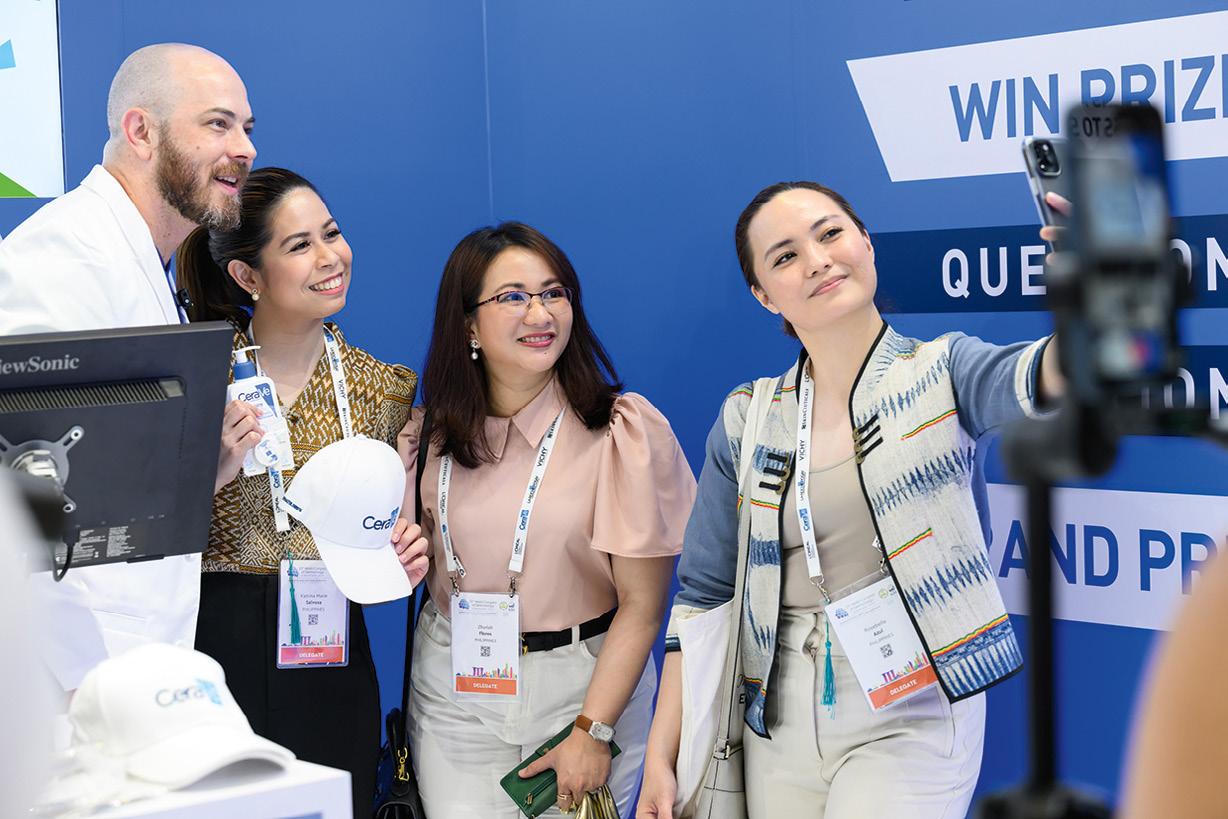
6 minute read
SPONSORED: LA ROCHE-POSAY
Hyperpigmentation And How To Help Prevent It
Why prevention is better than cure.
Pigmentary disorders were a strong focus at the World Congress of Dermatology (WCD) in Singapore as they are one of the most prevalent skin disorders globally. As the number one dermatologist recommended skincare brand in Australia, La RochePosay presented their latest studies and research at the congress. In one of their largest studies to have ever been conducted, La Roche-Posay asked over 48,000 individuals worldwide if they are suffering from one of the following pigmentary disorders: solar lentigo, axillary hyperpigmentation, post-inflammatory hyperpigmentation, melanoma, or vitiligo.
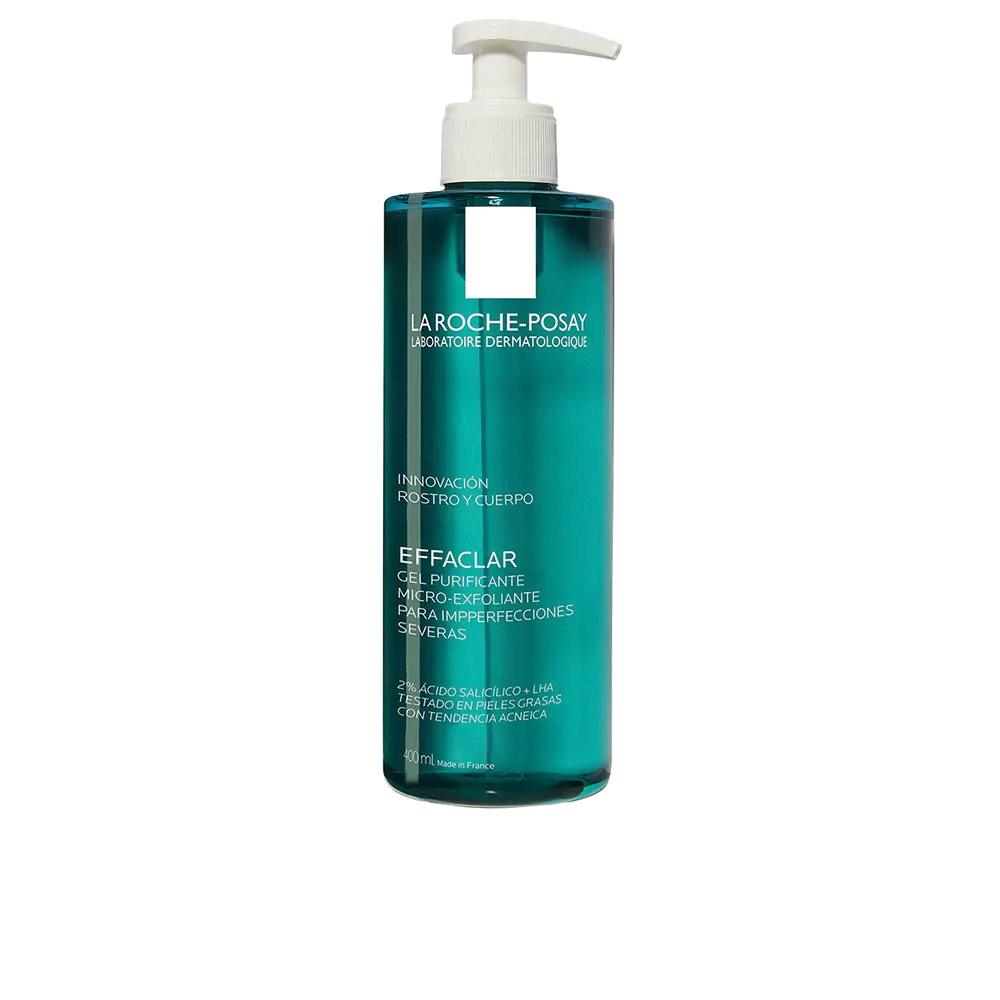
The result? 50% answered yes, which implies that over half our population suffers from some sort of pigmentary disorder. But the really surprising result was that the majority of those people did not know how to help prevent or treat it.
Pigmentation and its causes
Pigmentation occurs when the skin’s melanocytes are enlisted to create more of its natural pigment, melanin. Many factors can lead to an increase in melanin production, including sun exposure, hormones, medication, intrinsic ageing and genetics, and acne.
Contrary to popular belief, acne and the resulting postinflammatory hyperpigmentation affects people of all ages, not just teenagers. When bacteria infect a clogged pore, inflammation occurs, and a pimple appears. Melanin production spikes, leading to those annoying marks that can outlast the breakout itself. This is known as postinflammatory hyperpigmentation, and it is often worsened by skin trauma, which is, of course, why you shouldn’t pick your skin.
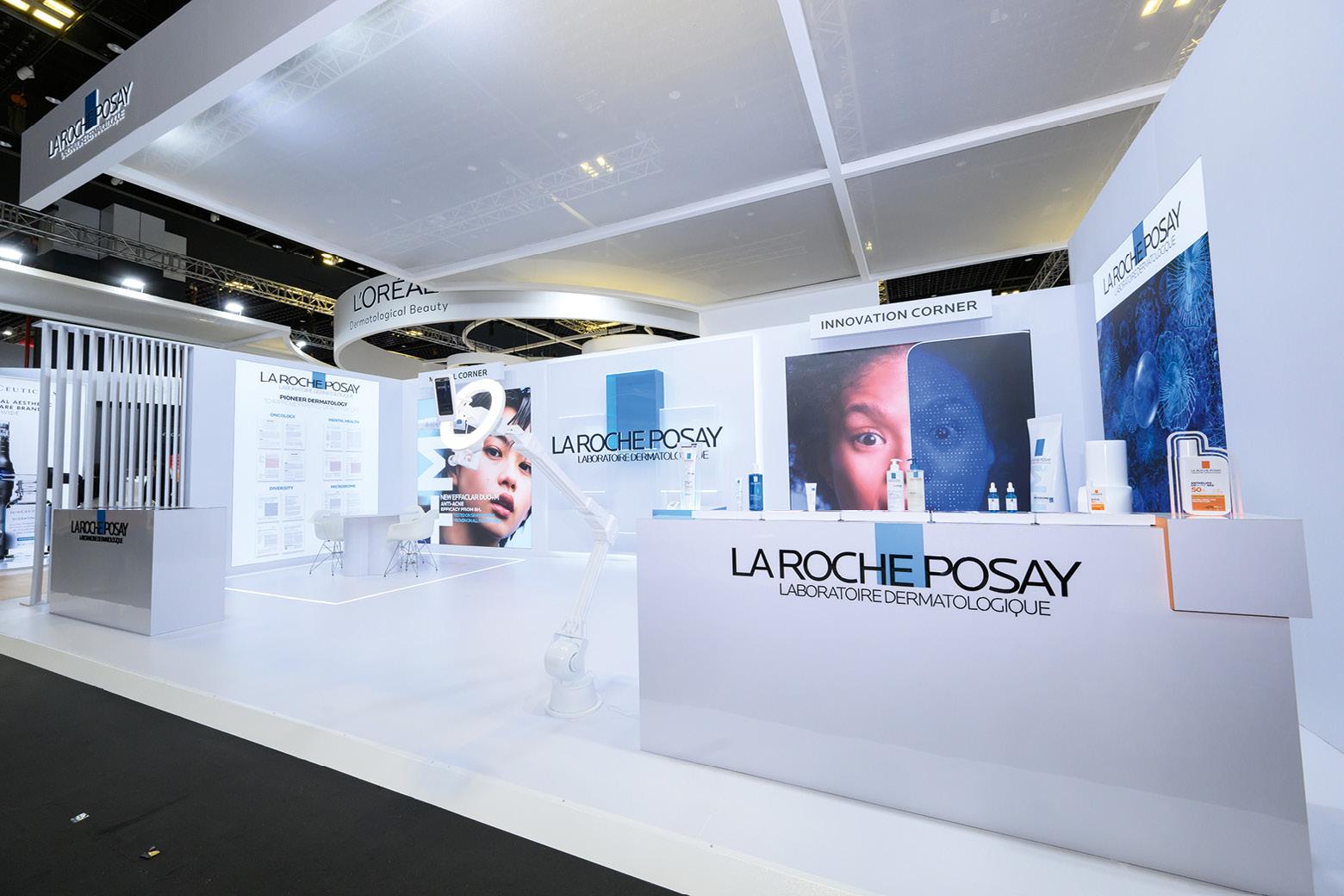
Research shows that 80 percent of teenagers and 40 percent of adults worldwide are affected by acne(1), with a worrying 97 percent of acne patients reporting a reduced quality of life. In addition, 600 million Google searches are made per year by people seeking acne solutions(2) – reinforcing La Roche-Posay’s mission to continually strive to meet consumer demand by providing accessible and educational skincare products and tools to effectively help manage the onset of acne.
The severity of acne pigmentation can be impacted by several factors, such as the depth of the initial blemish, how soon it was treated, and the person’s age as this affects cell turnover. Sun exposure can worsen post-inflammatory pigmentation, making this a common issue for Australians. Moreover, those with darker skin tones are more susceptible to post-acne hyperpigmentation, and the best way to treat it, is to prevent it from happening in the first place.

Leading the way in beauty innovation through pioneering developments in science and technology, La Roche-Posay works with thousands of dermatologists worldwide to offer effective skincare solutions for their patients. In Australia, dermatologists Dr Ryan de Cruz, Dr Cara McDonald, Dr Lena Ly, and Dr JoAnn See are among many more who stock and recommend the La Roche-Posay range to their patients, and who al at WCD in Singapore this year. Dr JoAnn See has seen impressive results on acne prone skin when suggesting the brand’s Effaclar range, which was developed for sensitive, oily and acne-prone skin, and is scientifically proven to target breakouts and decrease the appearance of fine lines, wrinkles and marks as well as prevent moisture loss and dehydration. Key ingredients including Salicylic Acid to deeply unclog pores and reduce imperfections, LHAs to gently micro-exfoliate and refine pores, Glycolic Acid to renew the skin’s surface, and Niacinamide to help keep skin hydrated. New to La Roche-Posay’s Effaclar range is the Micro-Peeling Purifying Gel in a 400ml pump bottle, with the larger format more suitable for chest and back cleansing.
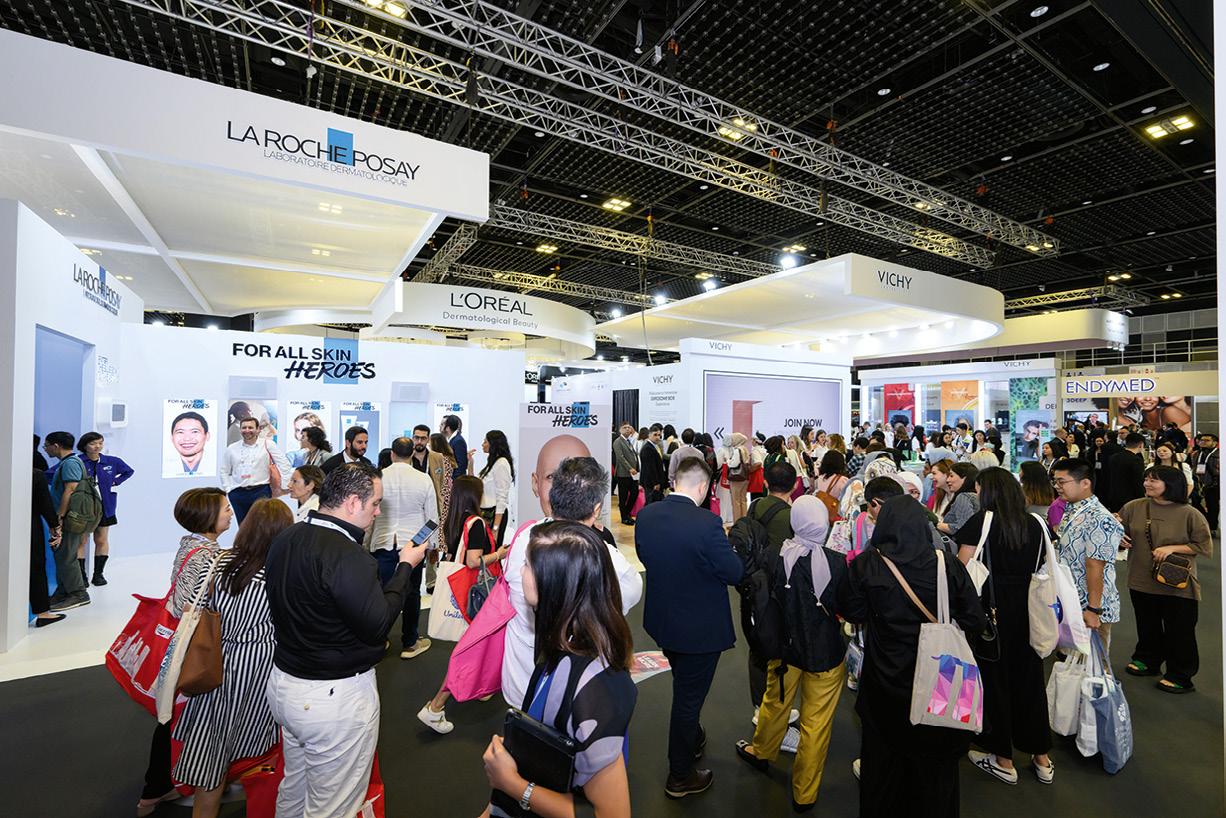
“La Roche-Posay’s Effaclar Micro-Peeling Purifying Gel is now available in a larger size to enable longer use for the purpose of cleansing the body as well as face. The new pump bottle vessel also makes for easier dispensing whether it be a bath or shower staple for those with acne-prone skin,” says Jodi Hindmarsh, La Roche-Posay Medical Communications Manager.
The Effaclar range includes:
Effaclar Micro-Peeling Purifying Gel is an effective acne cleanser. Containing LHA (to help reduce future acne), 2% salicylic acid and zinc (to micro-exfoliate, unclog pores and reduce excess sebum), Effaclar Micro-Peeling Purifying Gel works to reduce breakouts, and leaves the skin appearing purified. Suitable for acne on the face, chest and back.
Effaclar Serum is an ultra-concentrated daily face serum for mild to moderate acne-prone skin, scientifically proven to help target breakouts, and visibly reduce the appearance of imperfections, fine lines and wrinkles while combatting moisture loss and dehydration. The non-oily, non-stick serum contains LHA (to micro-exfoliate and help stimulate skin renewal), salicylic acid (to deeply unclog pores and reduce excess sebum), and niacinamide (helps to combat moisture loss and dehydration). The highly efficacious skin refining serum promotes a smooth, healthy-looking complexion.
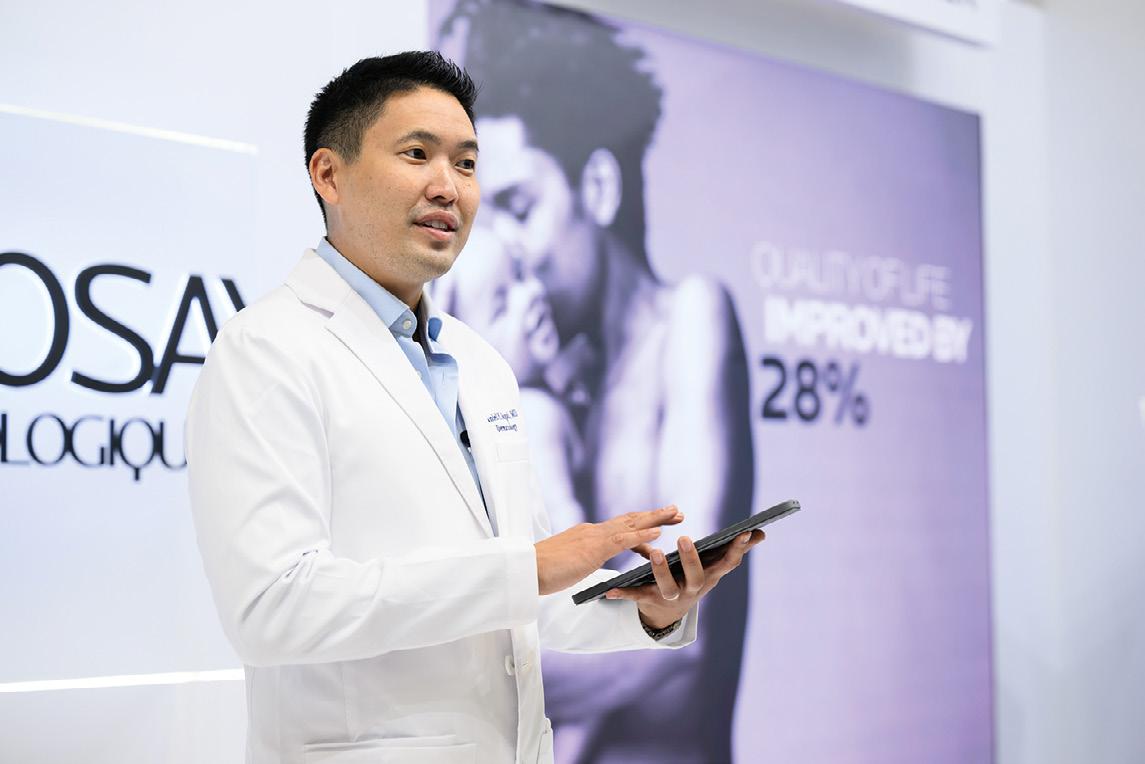
Effaclar Duo+ Anti-Acne Moisturiser is an unclogging moisturiser that targets blemishes, blackheads, clogged pores, and pigmented marks. The ultra-light formula ensures skin is hydrated and mattified (immediately), with the appearance of redness visibly reduced (after 12 hours), and imperfections visibly reduced (after 8 days). Effaclar Duo (+) contains LHA and salicylic acid to remove dead skin cells, zinc PCA to help balance oiliness, and niacinamide to soothe and reduce redness.
Effaclar H Iso-Biome Wash is a hydrating cream cleanser that gently cleanses, purifies and soothes skin feeling weakened by the drying effects of acne treatments. Effaclar H Iso-Biome face wash is suitable for use by those with sensitive, oily, and acne-prone skin. The gentle soothing cleansing cream is formulated with Niacinamide to help reduce redness, Zinc PCA to help reduce sebum and La Roche Posay Thermal Water to soothe.
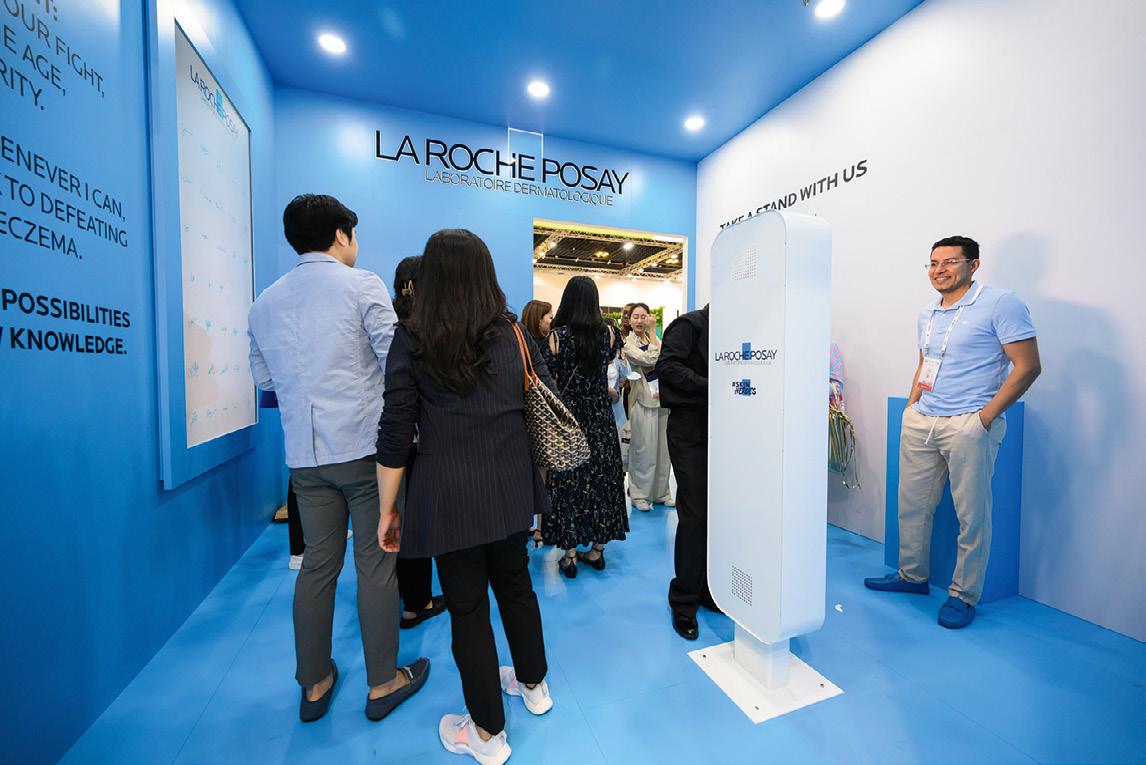
Effaclar H Iso-Biome Hydrating Moisturiser hydrates oily skin that has been weakened by the over-drying skin effects of acne treatments, to provide long lasting comfort. The non-comedogenic formula won’t clog pores and is suitable for sensitive and oily skin types. The formula contains prebiotics Orellana and Aqua Posae Filiformis to help support the skin’s microbiome, Niacinamide to visibly reduce redness, and La Roche Posay Thermal Water to soothe.
(1) Quality of life, anxiety prevalence, depression symptomatology and suicidal ideation among acne patients in Lithuania. J Eur Acad Dermatol Venereol. 2017 Jul 14, Lukaviciute L, Navickas P, Navickas A.
(2) ACD analysis including China, Italy, Mexico, Poland, Spain, Germany, France, USA, Brazil, Canada, Scandinavia, Russia and UK
La Roche-Posay’s mission is to offer a better life for sensitive skin. Created by a pharmacist in 1975, the brand is now present in over 60 countries. For over 40 years, La Roche-Posay has worked with dermatologists throughout the world to develop skincare products for the most sensitive skins. At the heart of the brand is a Thermal Spring Water that originates from a 1,700-year-old spring located in the brand’s namesake, medieval French village. This mineral-rich water, renowned for its soothing and antioxidant properties, is combined with state-of-the-art dermatological active agents, often inspired from the latest advances in medical research.











